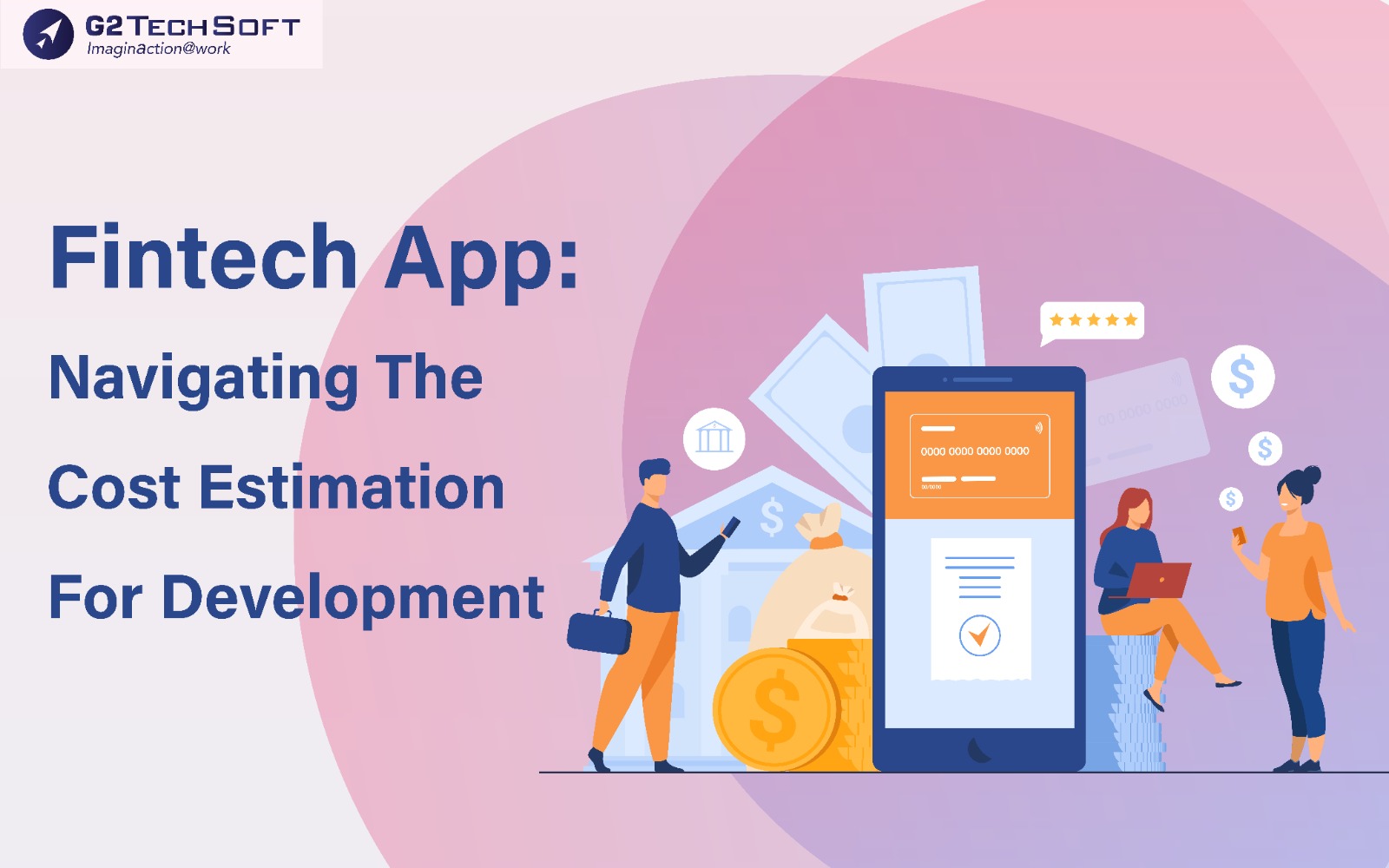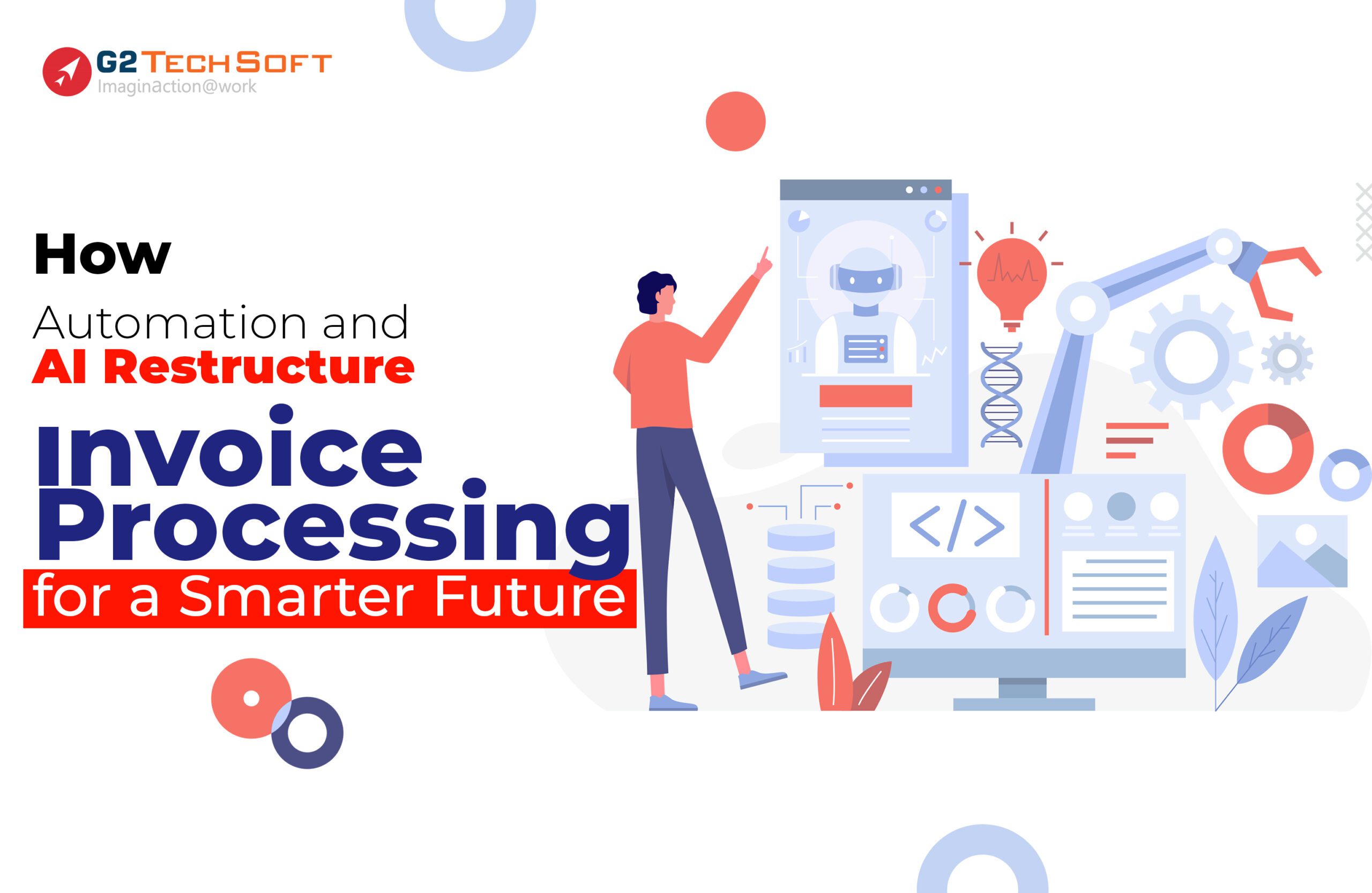
Fintech App: Navigating The Cost Estimation For Development
In the realm where finance meets technology, the rise of FinTech applications has ushered in a new era of financial management and accessibility. These mobile apps, spanning distinct functions like mobile banking, budgeting, and lending, have reshaped the landscape of financial services. It also includes personal finance apps, loan apps, budget apps, insurance apps, and investment apps.
As we witness the convergence of traditional banking with cutting-edge technology, the demand for FinTech apps continues to surge. This evolution prompts a closer look at the tools, languages, and cost estimation intricacies involved in navigating the development of these innovative solutions.
In this era of mobile dominance, where mobile applications have become an integral part of our lives, the development of FinTech apps has emerged as a pivotal aspect of the financial industry’s technological advancement.
Exploring Key Cost Drivers in Fintech App Development:
The cost of developing a FinTech application is not standardized, as each firm possesses distinctive prerequisites and objectives that directly influence the expenses associated with the creation of a FinTech application.
The pricing structure for an app will be shaped by a myriad of elements, encompassing factors like application type, feature set, geographical location of the app development agency, operational intricacies, and the overall duration of the development process. These factors, intricately intertwined with the characteristics inherent to FinTech applications, encompass the following:
Product Requirements:
The cornerstone of the cost calculation lies within the specific requirements of the app. This dimension encompasses two pivotal aspects:
Scope Of Work:
This delineates the constellation of features imperative to the financial application’s functionality. The scope of work directly influences the project’s magnitude and the extent of hours allocated to the development process.
Level Of Product Complexity:
Project complexity will revolve around the intricacy of the software’s conceptual framework. The more intricate the logic and concept, the greater the challenges encountered during development, testing, and deployment.
Interactive UI/UX:
Investing in an interactive, user-centric interface is pivotal for enhancing the user experience of a financial app. The meticulous app design, encompassing elements such as judicious utilization of white space, typography selection, and intuitive navigation, fundamentally augments user engagement and content accessibility.
Location Of Development Partner:
The geographic location of the chosen development partner is a substantial determinant of costs. Hourly rates vary contingent on the locale’s norms and practices, with diverse regions yielding differing rates.
Time Required for FinTech Mobile App Development:
Time emerges as a pivotal variable, exerting a profound impact on costs. Accelerated delivery necessitates intensified collaboration, leading to higher costs. The duration of app development varies significantly based on the app’s type.
Banking: 2,000–3,500 hours
Personal Finance: 1,500-2,500 hours
Lending: 2,000-2,500 hours
Investment: 1,500-2,500 hours
Insurance: 2,000-3,000 hours
App Maintenance:
Factoring in the App maintenance outlay is essential when estimating the cost of developing a FinTech app. Maintenance constitutes an ongoing endeavor to uphold the app’s operational integrity and relevance in the ever-evolving landscape.
Advanced Technologies:
The integration of advanced technologies plays a substantial role in influencing costs. Notable instances encompass:
- Digital Analytics furnish valuable insights into user financial activities, elevating the user experience.
- Incorporating blockchain technology facilitates transparent and efficient peer-to-peer transactions.
- AI contributes to app functionality, encompassing user-friendly chatbots, fraud detection mechanisms, and expedited, secure transactions.
Pioneering Technologies Shaping Advanced FinTech App Development:
The expense involved in crafting a FinTech app is significantly influenced by the chosen technological infrastructure. To ensure a precise cost projection, it will be imperative to make discerning decisions regarding the programming languages and tools to be harnessed for your FinTech app development endeavor.
In essence, there exist three distinct categories of applications, each necessitating a specific technological framework and carrying a distinctive cost.
Native Applications:
Referring to applications crafted exclusively for either the iOS or Android platform within the FinTech domain, these are termed native apps.
Native iOS apps are constructed employing technologies such as Objective C, Apple Xcode, SWIFT, and the iOS SDK. Native Android apps, on the other hand, commonly employ Android Studio, Java, Kotlin, and the Android SDK. Developers opt for the Solidity language when devising smart contracts for platforms like Ethereum.
Cross-Platform Applications:
Cross-platform apps are devised through the utilization of Native, C#, and Flutter technologies, enabling compatibility with multiple mobile platforms.
Hybrid Applications:
These applications offer support for both native Android and iOS devices, along with web apps tailored for web browsers. Developers crafting hybrid apps deploy technological frameworks like PhoneGap or HTML 5.
Integrated Features:
An additional determinant that exerts substantial influence on the cost of erecting a FinTech app pertains to the quantity and intricacy of integrated features. A selection of typical features intrinsic to FinTech apps encompasses:
Having extensively explored the nuances of custom FinTech application development costs and the pertinent factors therein, it is now opportune to delve into the process of constructing a FinTech app.
Factors To Consider Before Building a FinTech Application:
Beyond the fundamental considerations previously delineated, an array of additional variables can exert discernible influence over the financial implications associated with your application development endeavor. These encompass:
Feature Complexity:
The intricacy inherent in the features integrated within your financial application stands as a pivotal determinant of the overall cost. As the complexity of features escalates, so does the subsequent investment due to the heightened development efforts required.
Operating System:
The choice between iOS and Android as the designated operating system for your financial application inherently shapes the cost structure. Each platform harbors its distinctive developmental nuances, exerting influence over both the workload and the financial outlay.
Application Nature: Native or Hybrid
Opting for either a native or hybrid app architecture also carries repercussions for the financial commitment. Native applications, celebrated for their optimization and precision, often demand higher development costs compared to their hybrid counterparts.
Security Measures:
Security serves as a paramount investment when embarking on financial application development. Ensuring compliance with requisite security standards and regulations translates into additional resource allocation, thus impacting overall cost considerations.
Third-Party APIs:
The incorporation of third-party APIs introduces a layer of cost variation. The extent of integration requirements directly correlates with the associated expenses of these APIs.
Collectively, these supplementary factors coalesce in a complex interplay to formulate the comprehensive investment necessitated for your financial application’s development endeavor.
Acknowledging and assimilating these constituents into the assessment process is imperative for the attainment of an accurate estimation of budgetary prerequisites.
Decoding FinTech App Development Costs in The Indian Market:
India’s FinTech landscape is promising, with similar advancements seen globally. Creating FinTech apps in India involves multiple facets.
Key factors influencing the cost of FinTech app development encompass platform selection, developer expenses, and more. Typically, FinTech app development expenses range from $20,000 to $30,000, factoring in the intricacies of complex financial solutions.
Developing FinTech apps in India proves cost-effective due to several contributing elements. Crucial considerations tied to costlier FinTech app development comprise the incorporation of an array of features, such as:
Data Analytics:
An essential component of empowering users to manage financial activities. This seemingly basic feature is pivotal for maintaining users’ financial records and facilitating tracking, analysis, reporting, and transaction documentation.
Artificial Intelligence:
As a transformative force in the financial sector, AI accelerates banking processes while curbing costs. Its integration into FinTech apps significantly elevates development expenses.
Personalization:
Most FinTech apps leverage AI to provide personalized banking guidance, enhancing user interaction. Such technology infusion augments costs, reinforcing the dynamic interaction between users and financial applications.
Key Takeaways:
As firms increasingly adopt financial applications, a favorable landscape emerges for FinTech companies, particularly in India. Analyzing the demands of FinTech app development services will help estimate associated costs.
The complexity of the features required drives expenses, making development costs variable. Competent developers can craft tailored FinTech apps aligned with specific needs.
Choose G2 TechSoft for Your FinTech Application Development:
G2 TechSoft leads the FinTech app development sphere as a leading mobile app development firm, leveraging vast expertise to create robust financial software aligned with stringent regulations. Our FinTech experts excel in security solutions, adhering to a security-first approach.
In collaboration, we crafted a futuristic digital marketplace connecting customers and enterprises. This platform offers accessible financing options with low rates, flexibility, and security.
If you’re planning a FinTech app or concerned about costs, reach out to G2 TechSoft’s experts for clarity and guidance.




